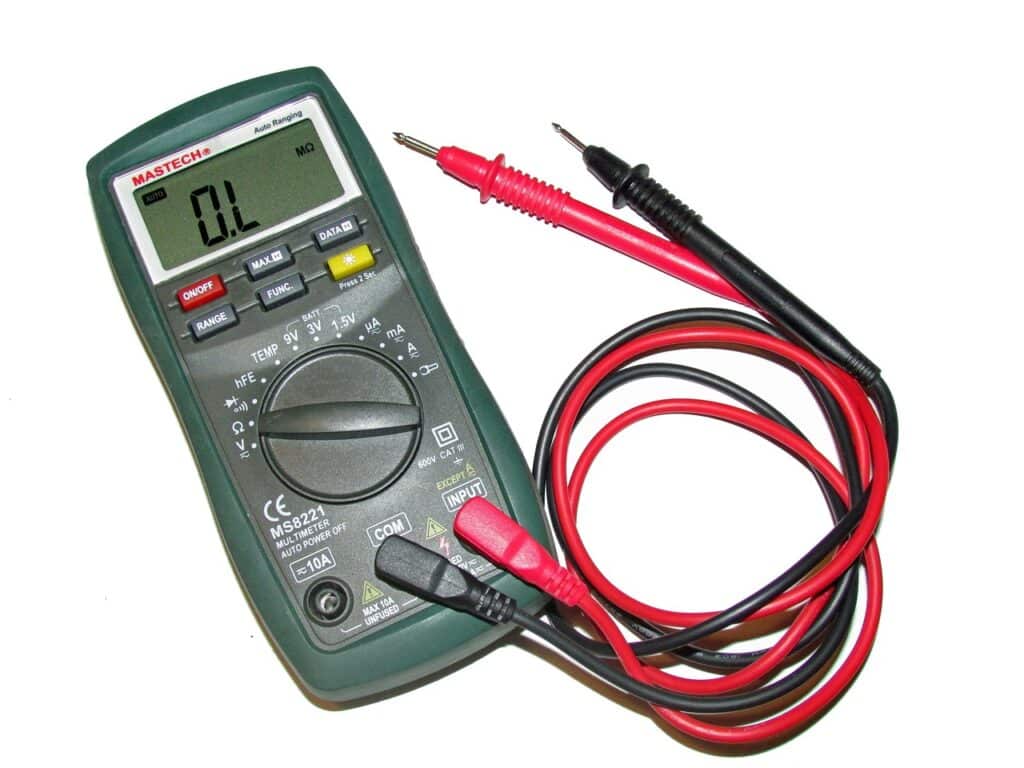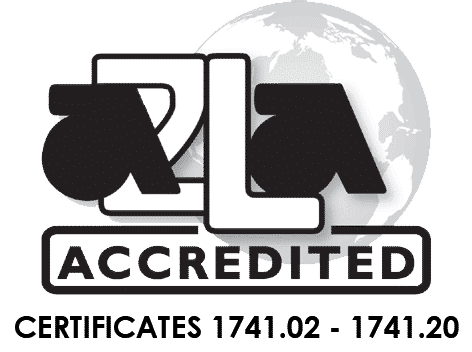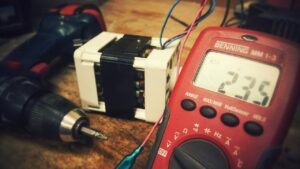Metrology Glossary: Ohm Meter
What Is An Ohm Meter?
An ohm meter is an electrical measurement device designed for the precise assessment of electrical resistance within various materials. Electrical resistance itself is the inherent characteristic that obstructs the free movement of electric current. This vital property, expressed in units known as ohms (Ω), serves as a foundational concept in electrical engineering. The magnitude of resistance directly corresponds to the ease or difficulty with which electric current traverses a particular substance. When resistance is high, it signifies a substantial impedance to the flow of electricity, while low resistance implies a less interfered path for the current.
What Are Ohm Meters Used For?
Ohm meters find diverse applications across various industries, serving as indispensable tools for precise resistance measurements. These applications include:
- Electronics Manufacturing and Quality Assurance: Ohm meters are pivotal in upholding the quality and reliability of electronic components during manufacturing. They validate resistance values, ensuring that components adhere to specified design parameters and operate within intended parameters.
- Electrical Maintenance and Rectification: Ohm meters are essential for troubleshooting and repairing electrical systems. Technicians rely on them to pinpoint faults in wiring, connections, and components, facilitating efficient problem identification and resolution.
- Automotive System Diagnostics: Ohm meters play a role in automotive diagnostics, aiding in the assessment of electrical system integrity within vehicles. They assist in diagnosing issues related to sensors, actuators, wiring harnesses, and other vital electrical components.
- Circuit Testing and Prototyping: Engineers utilize ohmmeters to measure resistance, ensuring correct component connections and validating the operational integrity of circuits during testing and prototyping phases.
- Research and Development in Electrical Engineering: Researchers use ohmmeters to characterize the electrical properties of new materials and optimize the performance of existing devices, contributing to advancements in the field.




